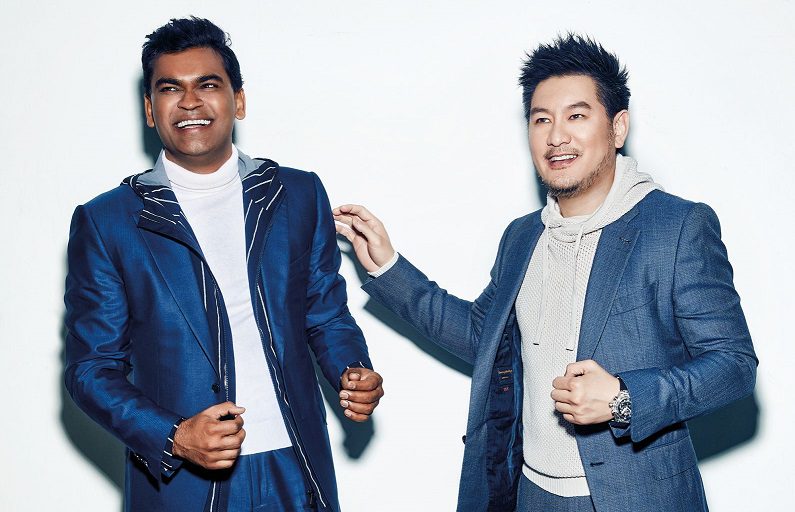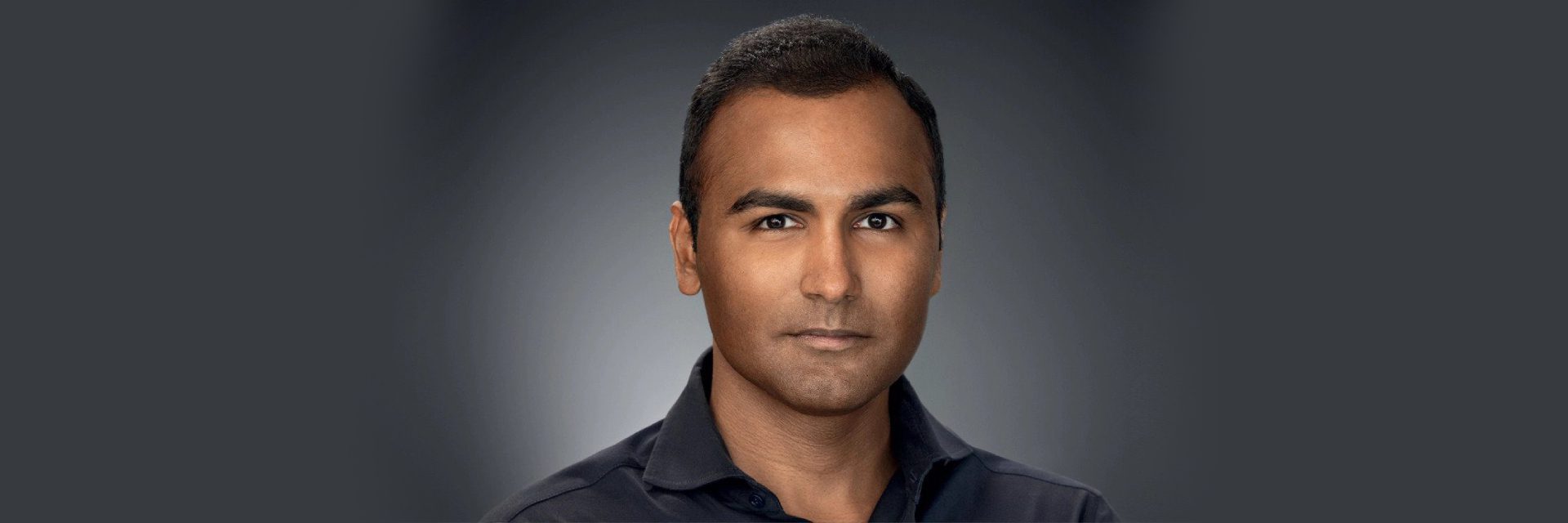(October 13, 2021) Saurabh Mittal is a man who wears many hats. From having interests in data, analytics and emerging technologies to impeccable investment chops that have catapulted him into the big league, Mittal is a man confident in his skills. From working as summer associate at Goldman Sachs to co-founding housing finance and wealth management company Indiabulls in Gurugram to giving it all up to relocate to Singapore where he established Mission Holdings in Singapore, he’s traversed a long and diverse path.
The private investment holding company which focuses on financial services, media, real estate, and technology, of which 51-year-old Mittal is Chairman and sole shareholder, is today a name to reckon with in the island country. Within a span of a few years, this Global Indian burst into the Singapore business circle and was soon listed in Forbes list of Singapore’s 50 richest with a net worth of $735 million.
The Delhi-lad who spread his wings
Born and brought up in Delhi, Mittal studied at St Xavier School before enrolling for a Bachelor’s in Electrical Engineering from the prestigious IIT Delhi where he received the best graduating student award in 1995. He then kickstarted his professional journey as a senior field engineer with the Houston headquartered oilfield services company Schlumberger where he worked at offshore and onshore oil and gas rigs. This help him pay his way to Harvard Business School where he pursued his MBA and graduated as a Baker Scholar. Shortly before flying to the US though he spent three months working as a summer associate at investment banking company Goldman Sachs’ Singapore office.

Saurabh Mittal
Entrepreneurial journey
Mittal then started out in the hedge fund business before joining hands with IIT batchmate Sameer Gehlaut to launch financial services and real estate conglomerate Indiabulls in 2000. Parallelly, he joined Farallon Capital as an investment associate in 2001 before becoming a full partner at its affiliate Noonday Capital in 2005. As Indiabulls built a name in the market, Mittal served as the vice chairman of its board of directors.
During his MBA days at Harvard, Mittal had met Chatri Sityodtong with whom he established martial arts promotion ONE Championship in 2011 where he was later made vice chairman in 2018. Incidentally, while at Harvard, Mittal was one of the poorest students in the batch. That’s how he and Chatri connected: the two would scour the campus vicinity for the cheapest meals. They were also in the same study group and their friendship has since ignited a multimillion-dollar business as ONE Championship has grown to become Asia’s largest sports media company. Talking about their partnership, Mittal had told Business Times, “If you work hard, if you have a deep desire to put your best foot forward and also have generosity of spirit, you carry the world with you. Chatri has a very big heart and generosity of spirit. Successful entrepreneurs are typically very good people because they generate positive energy. You can’t lead a team unless they truly trust and believe you will look out for them. Over a 20-year period, you can’t fake trust or generosity of spirit.”

Saurabh Mittal with Chatri Sityodtong
Given his varied interests, Mittal also founded data and analytics firm Incedo Inc in San Francisco’s Bay Area in 2012. While Nitin Seth took over as Incedo’s CEO in 2017, Mittal continued in the firm as its chairman. The company offers solutions in the fields of data management, business intelligence and analytics, data science, cloud and IoT. Its subsidiary, Incedo Labs, serves startups with environments to incubate and accelerate their growth.
For a fresh start
In 2014, Saurabh Mittal decided to step down from his position at Indiabulls, sold off a chunk of his stake in the Gurugram-based company and moved to Singapore lock, stock, and barrel. Here he established his private investment firm Mission Holdings in 2014. The private investment holding company that solely owned by Mittal focuses on financial services, media, real estate, and technology. Mission Holdings focuses prefers to invest long terms in a concentrated set of companies, running the spectrum from active ownership with board-level management partnerships to public market investments and passive investments via outside manager allocations. The Singapore headquartered company which has offices in New York, San Francisco and an affiliate presence in Mumbai owns stakes in ONE Championship, fintech startup BSI Financial and SelfScore.
As Mission Holdings took off, Mittal found his net worth skyrocketing and soon found a spot on the Forbes 2021 list of Singapore’s Richest with a net worth of $735 million. In 2017, Mittal was also conferred the Distinguished Alumnus Award by his alma mater IIT Delhi for his exceptional achievement and contribution in the area of corporate business development and entrepreneurship. Some of the past awardees in this list include billionaire venture capitalist Vinod Khosla, former RBI governor Raghuram Rajan, minister of civil aviation Jayant Sinha, and dean of Cornell Business School and Cornell Tech Sunil Sood.
Philanthropy
This self-made billionaire is also a dedicated philanthropist who believes in giving back to community: he works towards helping give children with humble beginnings a chance to become leaders of tomorrow. Mittal is on the board of multiple non-profits and is one of the biggest supporters of Parivaar, an integrated school and home for thousands of destitute children. He also supports Avasara and academy focused on developing young women leaders. He is also the founder and trustee of Plaksha University and is also the founder and board member of IIT Delhi’s Endowment Fund.
Follow him on LinkedIn.



